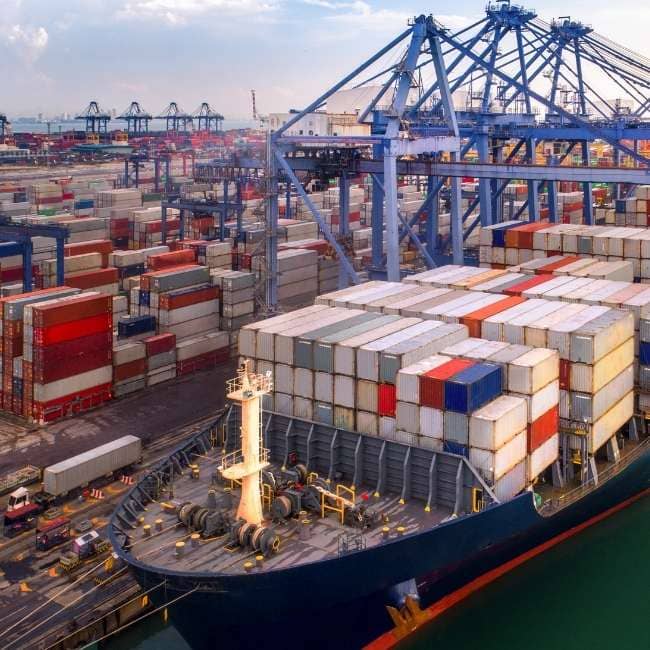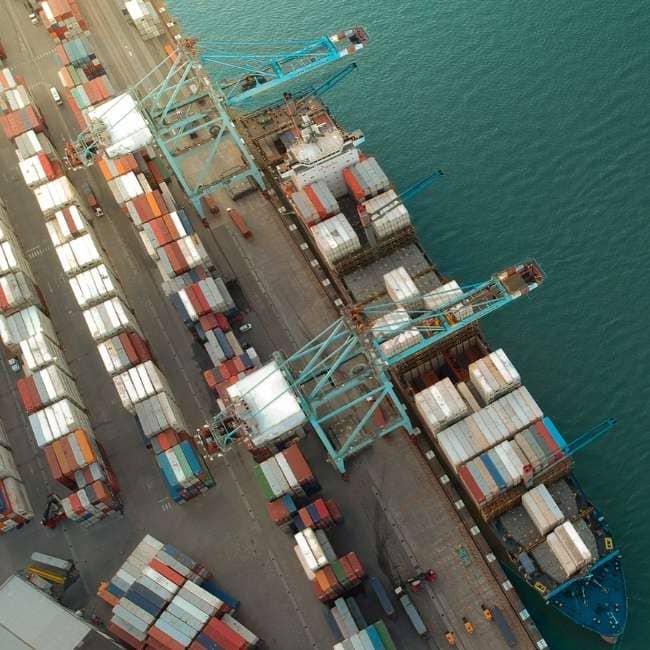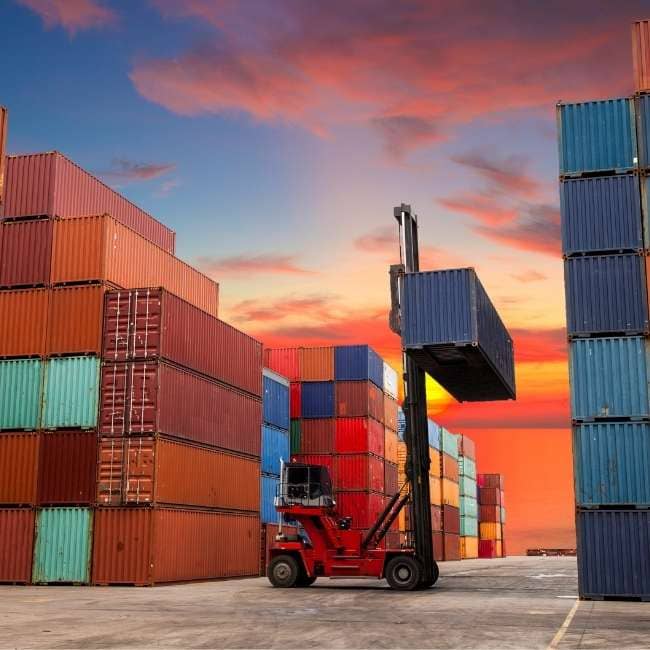Whitepaper: Position Detection System in Ports
As the world's trade has grown, so has the size and number of container ships. The average capacity of these vessels has increased from 5,000 twenty-foot equivalent units (TEU) in 1990 to over 10,000 TEU today – with some ships now able to carry over 20,000 TEU.
As a result, ports have had to expand their operations and infrastructure to keep up with this demand.


Position Detection System: Traffic and operations
With the ever-increasing size of container ships and the number of containers being handled at port facilities, these operations must be run as efficiently as possible. One way to do this is using a Position Detection System (PDS).
Besides assuring visibility and integrity of the container inventory, a PDS can also be used to monitor container handling equipment (CHE) within the port – helping to ensure that the assets are being allocated in an efficient manner.

What is a Position Detection System?
A position detection system is a computerized system that tracks the movement of assets within a port. A reliable PDS will enable accurate and reliable position detection of container handling equipment (CHE) and, consequently, containers in complex terminal environments.
The system collects data on the location of each CHE, matches it with the yard position and passes it to the terminal operation system (TOS) where it will be asigned to the container being moved. Port operators can then use this information to improve their operations' efficiency and provide better customer service.

What are the main parts of a PDS?
A position detection system typically consists of three main components: Sensors and transponders, readers and software. Readers are placed at strategic points throughout the port and are used to track the movement of equipment to determine the position of the transponders. Readers create their own "satellite network" for geo-referencing.

Why tracking containers with a PDS is essential for port operations?
There are many reasons why tracking containers with a PDS is essential for port operators. First, it allows port operators to improve the efficiency of their operations by reducing the need for manual tracking of containers. Second, it enables them to provide better customer service by providing up-to-date information on the status of containers. Finally, it helps improve port security by providing a way to track suspicious activity.

Download this whitepaper and learn about
-
The basic idea behind a Position Detection System
-
The main components of a PDS
-
The benefits of using a PDS in ports
-
How to choose the right PDS for your port